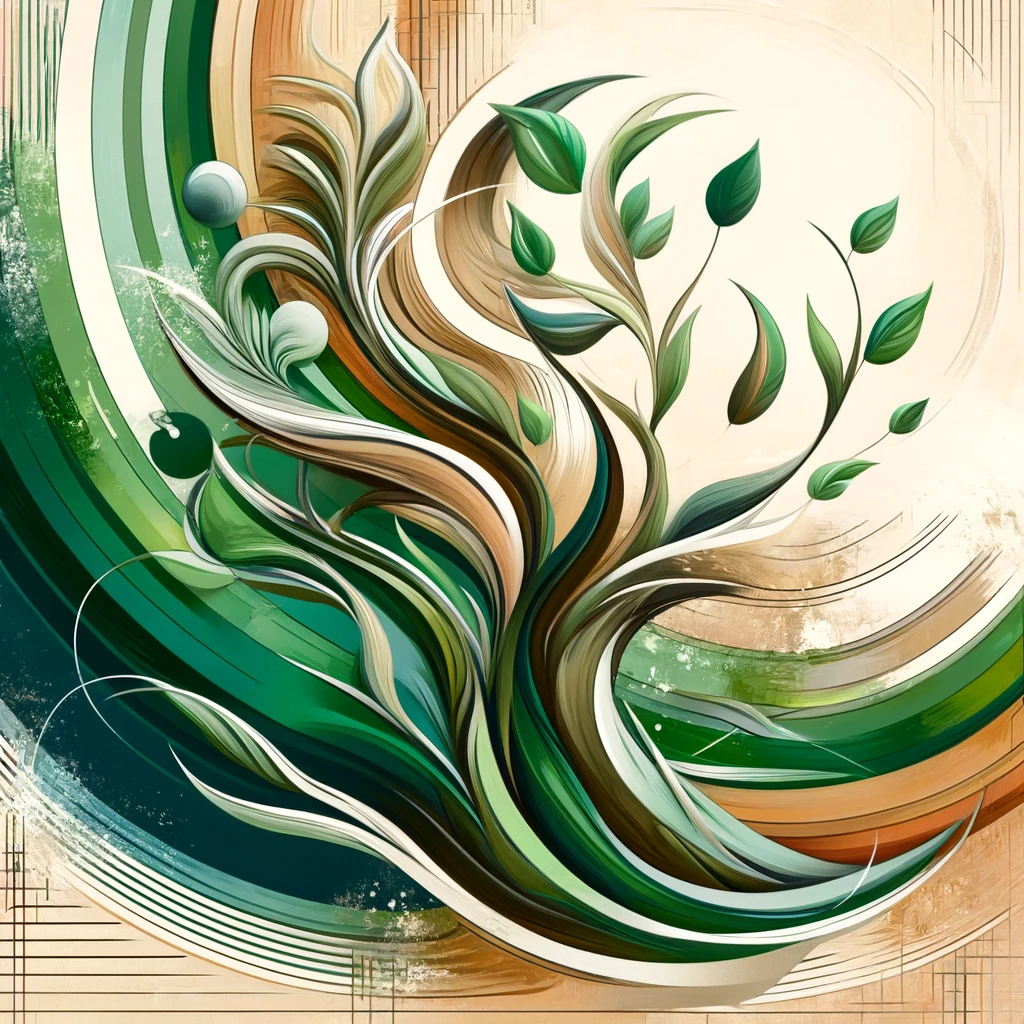Using Plants and Greenery for Wood Element Enhancement
The Wood Element holds significant energy and symbolism in Feng Shui, representing growth, vitality, and renewal. One effective way to enhance the presence of the Wood Element in a space is by incorporating plants and greenery. By strategically placing lush plants in key areas of a room or building, you can introduce a sense of vitality and harmony, creating a balance that supports the flow of positive energy, or Qi.
Plants not only add a touch of nature's beauty to indoor spaces but also act as natural air purifiers, contributing to a healthier and more vibrant environment. The presence of thriving plants can uplift the atmosphere, creating a feeling of rejuvenation and growth. When selecting plants for Feng Shui purposes, consider the specific qualities associated with different types of plants and how they align with your goals for the space. Carefully tending to these green companions can amplify the Wood Element's positive influence and help cultivate a thriving energy flow throughout the environment.
Bringing Nature Indoors for a Balanced Energy Flow
Bringing nature indoors can significantly enhance the flow of positive energy within a space, promoting balance and harmony. Incorporating elements such as plants and greenery can invigorate a room, creating a refreshing and vibrant atmosphere. The presence of live plants adds aesthetic appeal, purifies the air, and fosters a sense of peace and tranquility. Placing potted plants around the room can create a dynamic connection to the Wood element, symbolizing growth and vitality.
Additionally, introducing natural materials like wood furniture, bamboo decor, or stone accents can further amplify the grounding effects of nature indoors. These organic elements resonate with the Wood element in Feng Shui, bringing a sense of stability and strength to the space. By integrating these elements thoughtfully into your interior design, you can cultivate a balanced energy flow that promotes well-being and positivity throughout your home or workspace.
Applying Wood Element Cures for Negative Qi
Wood element cures are highly effective in combating negative energy flow within spaces in Feng Shui practice. By strategically placing wooden furniture, decor, or accents in areas where Qi is stagnant or blocked, the natural properties of wood can help promote a smoother flow of energy. Incorporating elements such as bamboo or oak can introduce a sense of vitality and growth, dispelling any stagnant or negative Qi that may be lingering in a room.
Additionally, using specific colors associated with the wood element, such as greens and browns, can further enhance the effectiveness of these cures. Painting a wall in a soft green hue or adding brown cushions to a sofa can subtly introduce the wood element into a space, encouraging a harmonious balance of energy throughout. Remember, the key lies in creating a seamless integration of wood elements to restore balance and vitality to your environment.
Remedying Imbalances and Blockages in Spaces
To address imbalances and blockages in spaces, Feng Shui practitioners often turn to various remedies and cures rooted in the principles of the wood element. One common approach involves strategically placing wooden furniture or decor items in areas where stagnation or negative energy is observed. The use of natural wood materials not only enhances a space's visual appeal but also helps promote a sense of vitality and growth in the environment.
In addition to incorporating wooden elements, the strategic placement of plants and greenery can also play a crucial role in remedying imbalances and blockages. Indoor plants add a touch of nature to the surroundings and act as powerful purifiers, cleansing the air and infusing the space with fresh, vibrant energy. By strategically placing plants in areas that feel stagnant or devoid of life, practitioners can effectively restore the flow of chi and create a more harmonious and balanced environment.
Exploring the Five Elements Theory in Feng Shui
The Five Elements Theory in Feng Shui is a fundamental concept that serves as the cornerstone of this ancient practice. Wood, fire, earth, metal, and water are the five elements that work in harmony to create a balanced and harmonious environment. Each element has its unique characteristics and associations, playing a crucial role in shaping the energy within a space. Understanding how these elements interact and influence one another is key to optimizing the flow of energy, or Qi, in any given space.
Wood, one of the five elements in Feng Shui, symbolizes growth, vitality, and expansion. It is often associated with new beginnings, creativity, and flexibility. In Feng Shui, incorporating elements of wood into your living or working spaces can help promote personal growth, abundance, and a sense of renewal. By harnessing the vibrant energy of the wood element, you can create a space that supports growth and fosters a sense of balance and harmony.
Understanding the Interconnectedness of Wood with Other Elements
Wood is an element in Feng Shui that is intricately connected with the other elements, creating a dynamic interplay that influences the energy flow in a space. According to the Five Elements Theory, wood is associated with growth, vitality, and renewal. Its harmonious relationship with fire, earth, metal, and water elements is crucial in maintaining a balanced and harmonious environment.
Fire represents passion and transformation, while wood fuels its intensity and energy. Earth provides stability and grounding, supporting the growth and expansion symbolized by the wood element. Metal represents clarity and precision, helping to channel the creative energy of wood into tangible results. Water symbolizes flow and adaptability, ensuring that the energy of wood moves fluidly and does not become stagnant. Understanding these interconnected relationships allows for a holistic approach to Feng Shui that fosters a sense of harmony and balance in both our internal and external environments.

